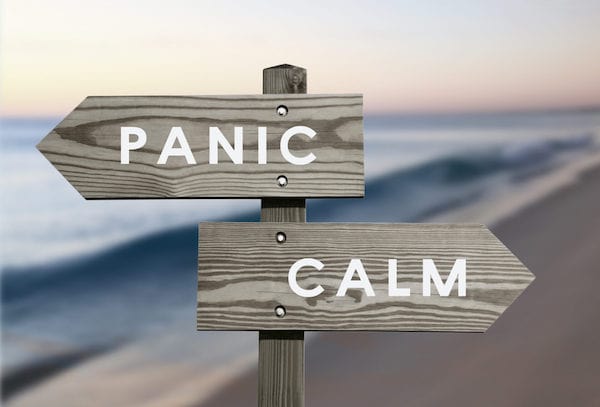Panic attacks are no joke. One in 75 Americans has panic disorder, which can cause panic attacks on a regular basis.
Yet this statistic doesn’t include all Americans who experience panic attacks. Many people mistake their panic attacks for anxiety attacks or vice versa. If you are experiencing problems with your anxiety, you need to know the differences between a panic attack vs. anxiety attack.
What is a panic attack, and what is an anxiety attack? Where do the two come from, and what do they cause? How can you get treatment for your attacks?
Answer these questions and you can take care of yourself the right way. Here is your quick guide.
Table of Contents
Causes of Panic and Anxiety Attacks
Both panic attacks and anxiety attacks can occur due to external stressors. Someone who is worried about their job, health, or personal safety can experience either attack. People who have experienced trauma or have a pre-existing mental health condition are at higher risk for anxiety and panic attacks.
But panic attacks often occur without any apparent cause. Someone may feel well, only to experience a panic attack. The attack can resolve itself for no apparent reason as well.
In general, anxiety attacks occur as responses to stressors. Each person responds to stress in a different way, so stressors for one person may not be stressors for another. Minor things like technology not working can cause anxiety attack symptoms.
Symptoms of Panic and Anxiety Attacks
Panic attack symptoms overlap with anxiety attack symptoms. Both can cause significant physical symptoms, including chest pain, shortness of breath, and headaches. Some people also experience chills, sweating, and tightness in their throat.
Anxiety attacks can cause intense feelings of distress, restlessness, and fear. Panic attacks can also create these feelings, but they are usually tied to a fear of dying or losing control of one’s body. They can cause someone to feel detached from the world or themselves.
Keep in mind that the symptoms of anxiety and panic attacks vary from person to person. This can make it even harder to tell the differences between the two. Talk to your doctor if you’re dealing with extreme symptoms.
Treatments for Panic and Anxiety Attacks
The treatments for anxiety and panic attacks are similar. If you feel symptoms coming on, you can try deep breathing exercises and mindfulness techniques. Focusing on what you are touching and seeing can ground you and help you calm down.
You can go to mental health professionals for support. Talk therapy can help you get catharsis for traumatic memories and learn about strategies for calming down. Some people take medications like antidepressants and anti-anxiety pills as well.
Panic Attack vs. Anxiety Attack
You must know the differences between a panic attack vs. anxiety attack. Panic attacks can come out of nowhere while anxiety attacks can stem from traumatic events and life stressors.
The physical symptoms of both types of attacks are identical to each other. Panic attacks can create a fear of dying and a sense of depersonalization.
You can get treatment for your attacks today. A combination of mindfulness techniques, talk therapy, and medications can reduce your symptoms.
You don’t have to go far for mental health support. Relucent Psychology Group serves the San Jose area. Contact us today to set up an appointment for anxiety therapy.


